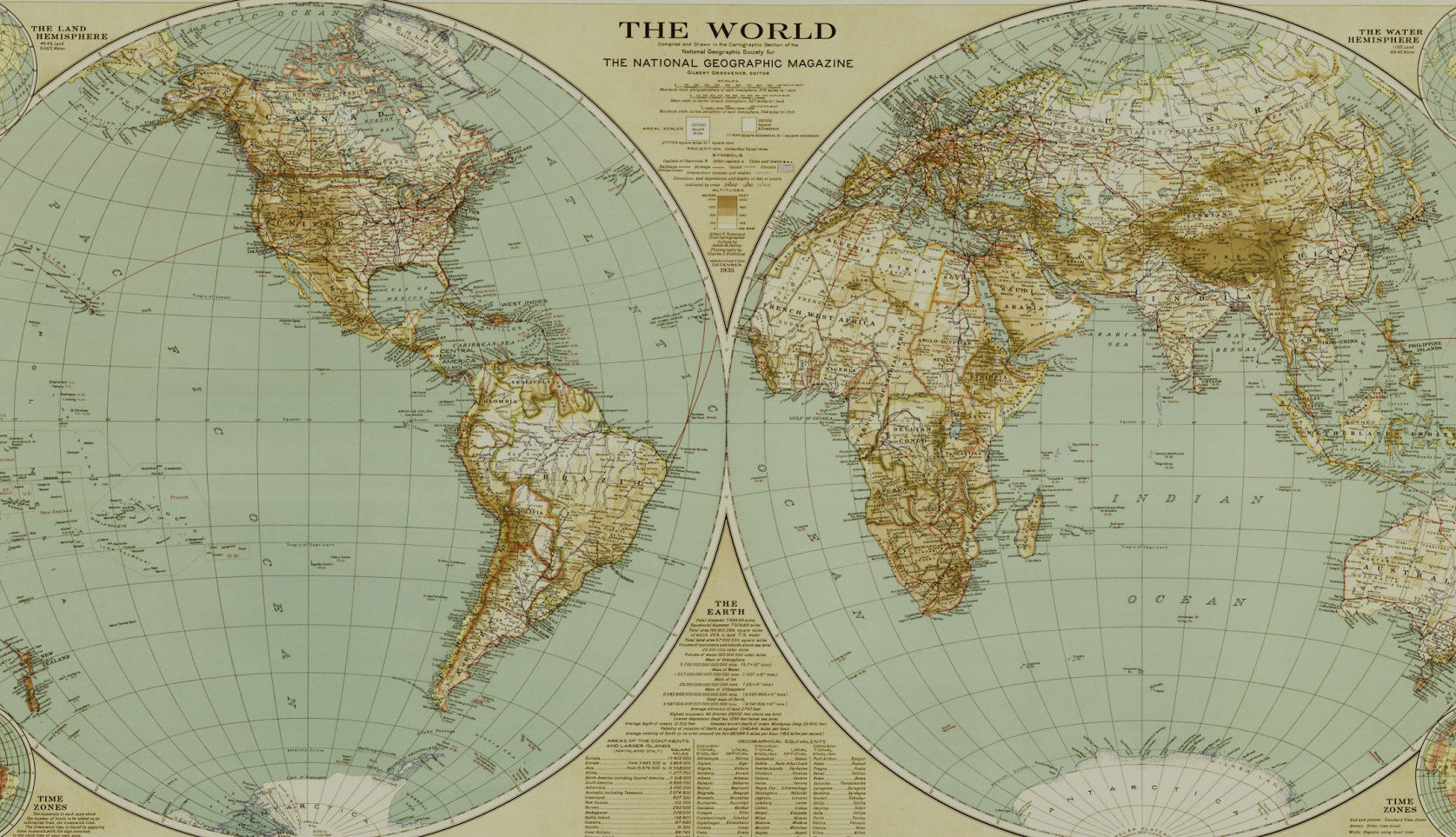
The Late Bronze Age fortified hill of Outeiro do Circo I’m helping to excavate this month has a lot to investigate. The team – led by site directors Miguel Serra and Eduardo Porfirio and supervisor Sofia Eiras – have opened a number of trenches on the summit of the hilltop and just inside the enclosing wall. Their goal for this season is to gain a better understanding of what went on inside the wall during the Late Bronze Age and to assess the level of disturbance to the archaeology from modern farming. I’ve been digging in a trench on the northwestern slope of the hill within the line of the wall and already we’ve found some exciting evidence of Bronze Age activity.
The soil we are excavating is really compact clay and the upper layer is very dark brown. For the first week we removed it with mattocks (pick-axes with one pointy and one flat end) and saw no changes in colour or texture. Then large stones started to emerge and soon after it seemed that they may be in a linear alignment. At this point we changed from using the full-sized mattocks to the smaller version and cleared the compact clay away from the stones more carefully. All through this process we had been uncovering fragments of Late Bronze Age pottery and clumps of baked clay and their frequency only increased as we continued to dig.

Half way through the second week of excavation the upper surface of the large stones were cleared. One morning when I arrived on site the sunrise was slanting across the trench and I noticed some indentations on one of the larger stones in the linear alignment. As I excavated this stone it became clear that it was decorated with prehistoric cup-marks, intentionally created by someone (or multiple someone’s) and then positioned in the Late Bronze Age construction we were revealing. Cup-marked stones, or in Portuguese “rochas com covinhas” – or just “covinhas” for short – are a type of prehistoric decorated stone found across western Europe. They are difficult to date but are certainly prehistoric – Neolithic, Copper Age and/or Early Bronze Age – and have frequently been found reused on later prehistoric sites, as is the case at Outeiro do Circo.

The cup-marked stone in my trench is not the only example that has been found at Outeiro do Circo. During a previous excavation season a smaller cup-marked stone was found at the base of a deep pit. Like the one I uncovered, it is very likely that this stone was decorated with the cup-marks at a much earlier date (possibly in the Copper Age when a nearby hill was occupied) and then placed in the bottom of the pit when Outeiro do Circo was fortified in the Late Bronze Age. Another cup-marked stone was found when the team was excavating a portion of the enclosing wall on the north-western slope (near the trench I’m working in). It had been used in the construction of the upper course of the wall, likely placed so the cup-marks faced out over the open landscape. Even more interesting is a very large boulder on the gentle southern slope of the hill inside the enclosing wall. The top of this boulder is covered in cup-marks and it’s positioned in a very good location for settlement and for monitoring the flat landscape to the south. This boulder has never been moved and the Late Bronze Age inhabitants of Outeiro do Circo would have known it was there when they fortified the hill.

These cup-marked stones are a bit of an enigma: there are many interpretations of what they could symbolise and why they were created. It is very curious that the same type of mark was made on stones throughout western Europe during (generally) the same prehistoric period – from the Neolithic to the Early Bronze Age. It is also very curious that across Europe these decorated stones were often reused much later on sites dated to the Late Bronze Age and Iron Age. At Outeiro do Circo the cup-marked stones found were not reused in a context that could be interpreted as particularly special or religious, but still… the three smaller stones were integrated into the construction of features on the hilltop. It is particularly intriguing to me that here there are both smaller cup-marked stones that were moved from their original position to be reused and the large boulder that still sits where it was decorated.

Finding a cup-marked stone reused in a Late Bronze Age construction on a southern Portuguese fortified hilltop will not answer any of the many questions we have about why these were made and why at particular locations. But it is this sense of mystery and uncertainty that makes archaeology so exciting! I feel very lucky that one of these stones was found in the trench I have been excavating. It was a treat to see it emerge from the surrounding soil and count each new cup-mark as we noticed it. There is still more to excavate at Outeiro do Circo so perhaps more cup-mark stones will be uncovered!
Covinha com gravadas – Outeiro do Circo Blog
Outeiro do Circo 2014 campaign – Academia.edu

